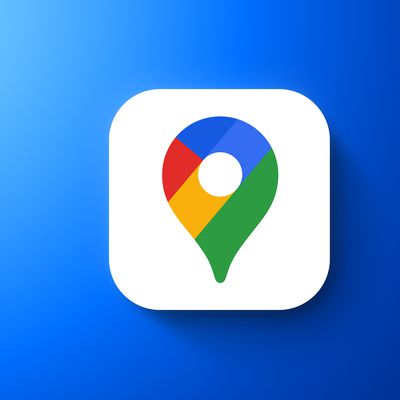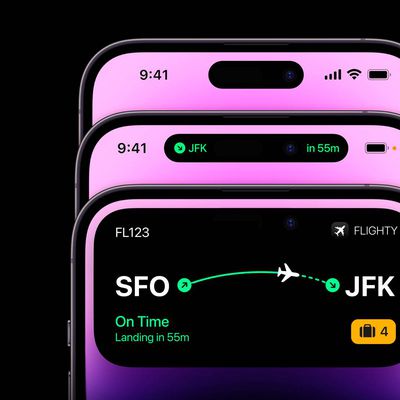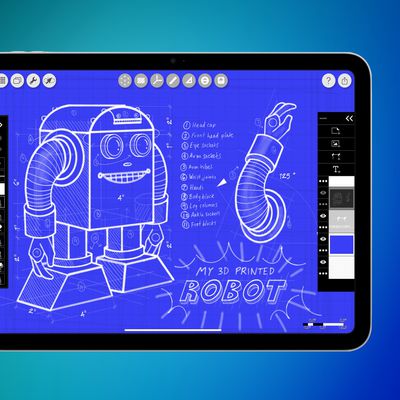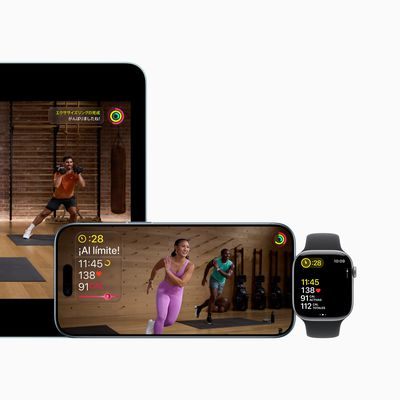Tim Cook: Chinese Consumer Tastes Fueling Gold Color Options, Apple Watch Developer Interest High
Apple CEO Tim Cook recently confirmed China's integral part in the company's decision to pursue a gold design option in many of its devices. Speaking with a Chinese-language version of Bloomberg Businessweek, Cook stated that the addition of a gold option within the iPhone 5s lineup in 2013 "reflects in part the popularity of that color among Chinese users."
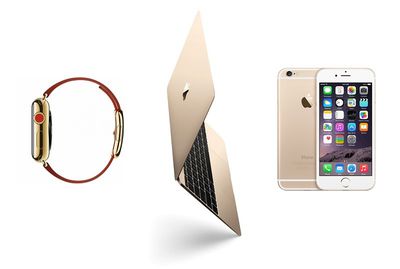
Apple Inc. takes Chinese consumer tastes into account when it designs many of its products, Chief Executive Tim Cook said, underscoring the country’s importance to the iPhone maker.
The decision to offer a gold iPhone last year reflects in part the popularity of that color among Chinese users, he added. Greater China, which includes Taiwan and Hong Kong, is now Apple’s second-largest market and has become a battleground for the company as it vies with Samsung Electronics Co. and Xiaomi Corp. for smartphone supremacy.
Apple's decision to tailor major aspects of its devices to China makes sense, given the Greater China area has become the company's second-largest market over the last few years. In the second quarterly earnings call of 2015, Cook detailed an all-time quarterly revenue record for the Greater China province, growing 71 percent year over year to a grand total of $16.8 billion. According to data compiled by Bloomberg, China accounted for a total of 29 percent of Apple's revenue in the March quarter.
In the same interview, the Apple CEO reiterated strong developer support for the Apple Watch with over 3500 apps available for the new wrist-worn device. That compares to roughly 500 apps available for the iPhone at the 2008 debut of the App Store and 1000 for the iPad at its 2010 launch.
Cook finished the interview by noting Apple plans to begin more than 180 trial programs in various schools in China, with an aim to "transform traditional educational models and help students contribute to society." Cook and Apple hope to do this through various Apple-inspired training programs, from helping kids learn the ins-and-outs of music composition with GarageBand to teaching hearing-impaired children how to use smartphones. The company hopes to see the program double in number by the end of 2015.
Popular Stories
Apple has ordered 22 million OLED panels from Samsung Display for the first foldable iPhone, signaling a significantly larger production target than the display industry had previously anticipated, ET News reports.
In the now-seemingly deleted report, ET News claimed that Samsung plans to mass-produce 11 million inward-folding OLED displays for Apple next year, as well as 11 million...
Apple is about to release iOS 26.2, the second major point update for iPhones since iOS 26 was rolled out in September, and there are at least 15 notable changes and improvements worth checking out. We've rounded them up below.
Apple is expected to roll out iOS 26.2 to compatible devices sometime between December 8 and December 16. When the update drops, you can check Apple's servers for the ...
Google Maps on iOS quietly gained a new feature recently that automatically recognizes where you've parked your vehicle and saves the location for you.
Announced on LinkedIn by Rio Akasaka, Google Maps' senior product manager, the new feature auto-detects your parked location even if you don't use the parking pin function, saves it for up to 48 hours, and then automatically removes it once...
Apple is actively testing under-screen Face ID for next year's iPhone 18 Pro models using a special "spliced micro-transparent glass" window built into the display, claims a Chinese leaker.
According to "Smart Pikachu," a Weibo account that has previously shared accurate supply-chain details on Chinese Android hardware, Apple is testing the special glass as a way to let the TrueDepth...
Apple today seeded the second release candidate version of iOS 26.2 to developers and public beta testers, with the software coming one week after Apple seeded the first RC. The release candidate represents the final version iOS 26.2 that will be provided to the public if no further bugs are found.
Registered developers and public beta testers can download the betas from the Settings app on...
Apple's iPhone development roadmap runs several years into the future and the company is continually working with suppliers on several successive iPhone models at the same time, which is why we often get rumored features months ahead of launch. The iPhone 18 series is no different, and we already have a good idea of what to expect for the iPhone 18 Pro and iPhone 18 Pro Max.
One thing worth...
Apple's chipmaking chief Johny Srouji has reportedly indicated that he plans to continue working for the company for the foreseeable future.
"I love my team, and I love my job at Apple, and I don't plan on leaving anytime soon," said Srouji, in a memo obtained by Bloomberg's Mark Gurman.
Here is Srouji's full memo, as shared by Bloomberg:I know you've been reading all kind of rumors and...
Apple and Google are teaming up to make it easier for users to switch between iPhone and Android smartphones, according to 9to5Google. There is a new Android Canary build available today that simplifies data transfer between two smartphones, and Apple is going to implement the functionality in an upcoming iOS 26 beta.
Apple already has a Move to iOS app for transferring data from an Android...
Wednesday December 10, 2025 12:22 pm PST by
Juli CloverThe next-generation low-cost iPad will use Apple's A19 chip, according to a report from Macworld. Macworld claims to have seen an "internal Apple code document" with information about the 2026 iPad lineup.
Prior documentation discovered by MacRumors suggested that the iPad 12 would be equipped with an A18 chip, not an A19 chip. The A19 chip was just released this year in the iPhone 17, and...
Apple today announced that Fitness+ is expanding to 28 new markets on December 15 in the service's largest international rollout since launch, accompanied by new language dubbing and a K-Pop music genre.
Apple Fitness+ will become available in Chile, Hong Kong, India, the Netherlands, Singapore, Taiwan, and additional regions on December 15, with Japan scheduled to follow early next year....





